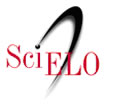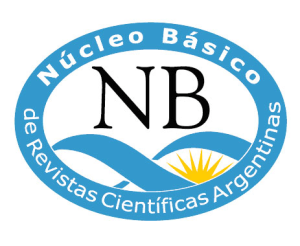Mechanical behavior of the isolated equine metatarsal bone III during a flexion test with acoustic emission monitoring
DOI:
https://doi.org/10.62168/invet.v27i1.64Keywords:
biomechanics, equine, resistance, stressAbstract
The objective of this study was to determine the mechanical behavior of the equine Metatarsal bone III under a three-point bending test and its relationship with bone morphology and the appearance of acoustic emission events, providing biomechanical knowledge applicable to veterinary medicine. The equine Metatarsal bone III of 20 Creole crossbreed horses were studied, divided into two age groups: animals from 1.5 to 2 years old (G1) and from 2.5 to 4.5 years old (G2). A transverse osteotomy was performed on the left bones in the middle of the diaphysis, and the following measurements were made: cortical thickness, cortical area, and medullary area. The right bones were subjected to a three-point bending test, while acoustic emission monitoring was performed simultaneously. The study variables were subjected to statistical analyses of correlation, regression, and variance (p≤0.05). It was observed that the metatarsals III of group G2 showed greater resistance than those of group G1 (p=0.016) furthermore, the Acoustic Emission hits increased as bone strength increased. This monitoring allows for the assessment of bone damage before to the complete fractures in bones subjected to stress.
Downloads
Downloads
Published
Issue
Section
License
Copyright (c) 2025 Rita Cecilia Fioretti, Rosana Moine, Pablo Varela, Rodrigo De Prada, Mario Salvi, Matías Varela, Horacio Mouguelar, Maximiliano Cancino, Silvana Gonzalez Sanchez, Yanina Andino, Ana Cecilia Liaudat

This work is licensed under a Creative Commons Attribution-NonCommercial-NoDerivatives 4.0 International License.













